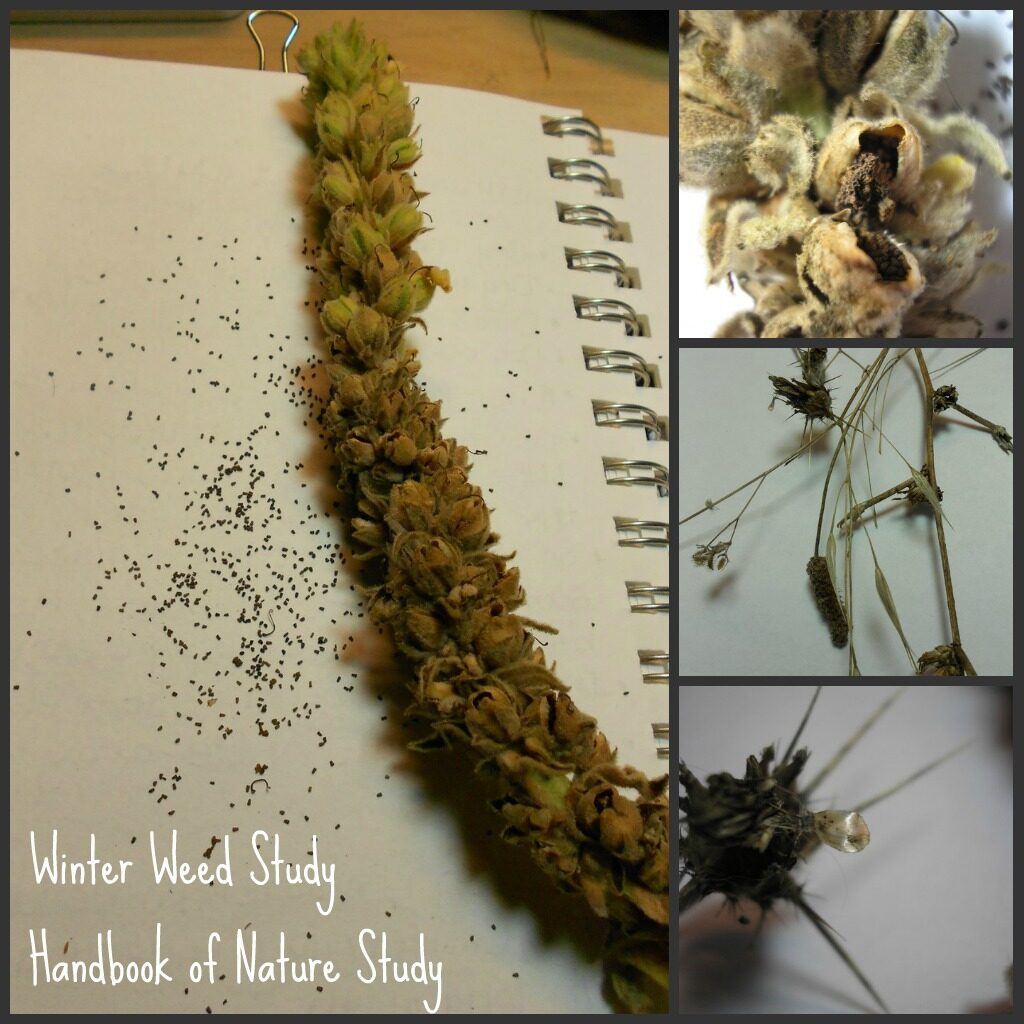Outdoor Hour Challenge
#50 Skunk and Badger
This week there are some great videos to share with your children to capture their interest.
PBS Nature Skunk
This video series is excellent and we learned more than we ever wanted to know about skunks. You must watch this for yourself even if you don’t watch it with your children.
Here is a video about badgers.
Wow! Those critters can dig!
1. Read pages 245-247 in the Handbook of Nature Study.
Resources for the skunk
Resource for badger
2. Supplemental reading in The Burgess Animal Book for Children: Read Stories 22-23. Use the illustrations on pages 135 and 110 to prompt a narration your child’s narration if needed.
3. This week during your 10-15 minutes of outdoor time, keeping an eye out for signs of mammals as you walk. In our area we many times will smell a skunk but not see him. If you have the opportunity over the next few weeks, point out the fragrance of a skunk to your children.
- Another idea this week is to carry a small pouch or bag to collect any nature items you find while you are outdoors.
- Start or add to a nature collection. (see challenge 6)
- Did you find any animal tracks this week? Take photos or make a mental note of how they looked for further research.
4. After your walk, take a few minutes to discuss anything your child found interesting during their outdoor time. If they collected items in a bag, pull those objects out and take a closer look with your magnifying lens. Use a Mammal notebook page to record what you learned about skunks and badgers this week. Complete the Seasonal Weather Study notebook page and file it in with your autumn observations. You could talk about the differences between what you observed in autumn and those things you recorded this time. How is the scene you drew this week different from the autumn scene? How are the temperatures different? Is there a difference in the number of hours of daylight?
Additional resources for this challenge:
- Fun online book/audio book about skunks
- Skunk notebook page
- Skunk coloring page (skip down to page 21)
- Badger notebook page













































